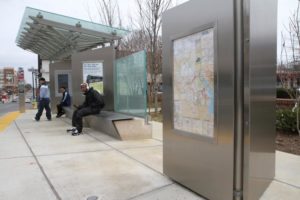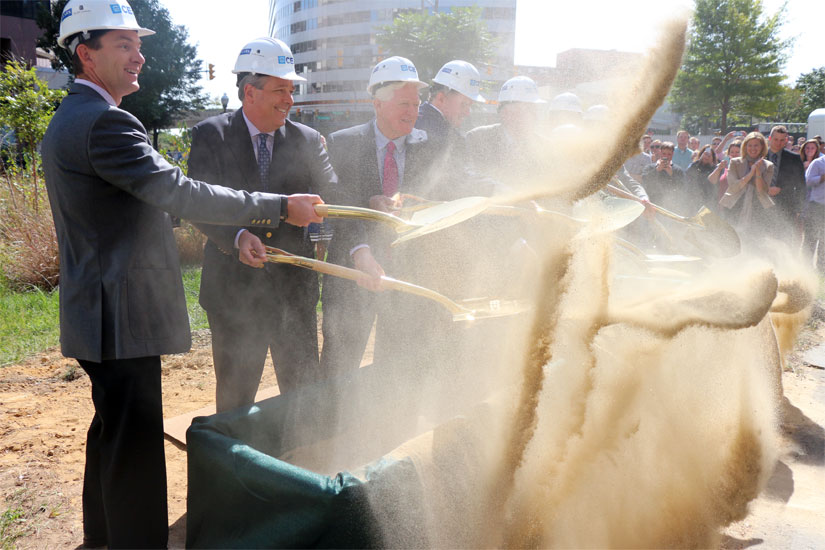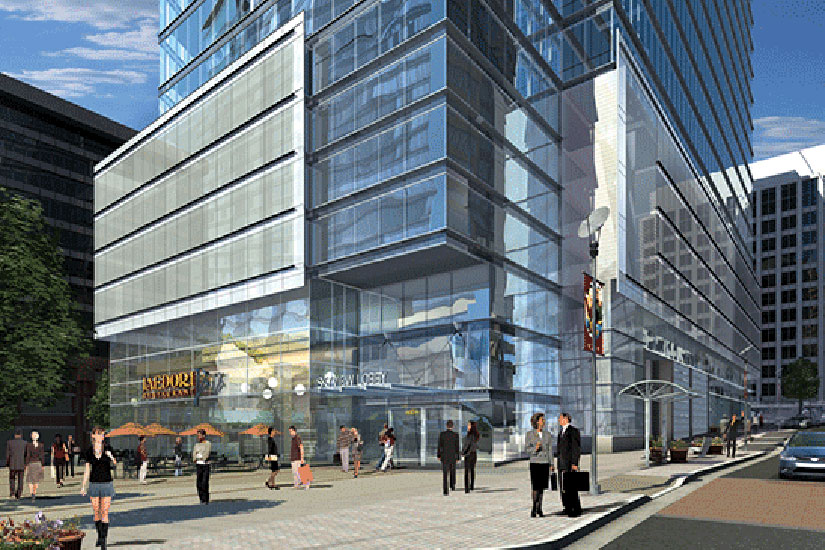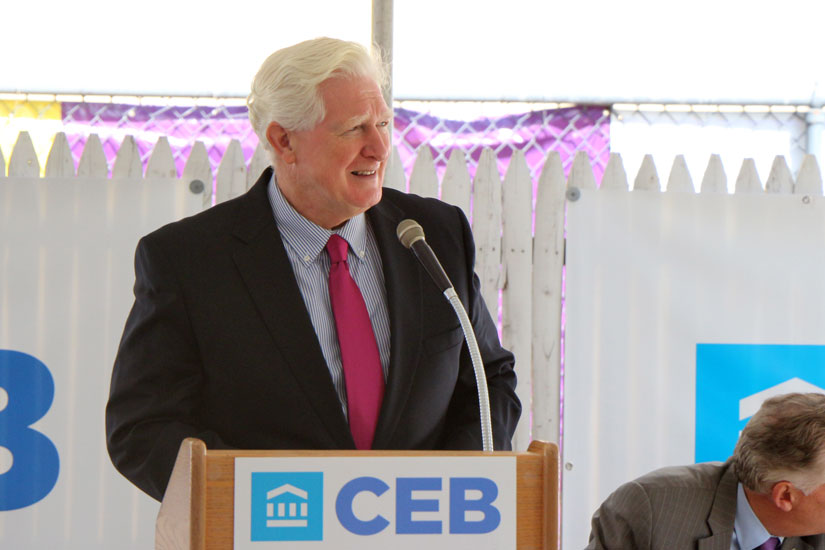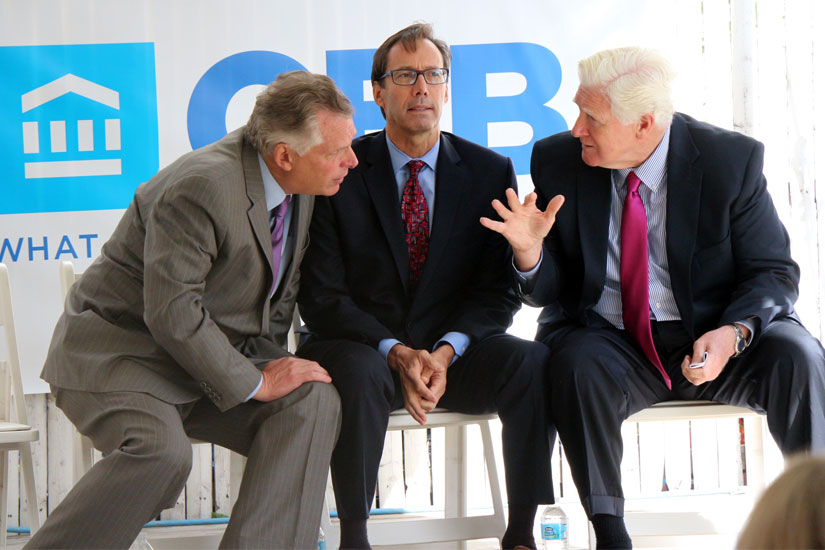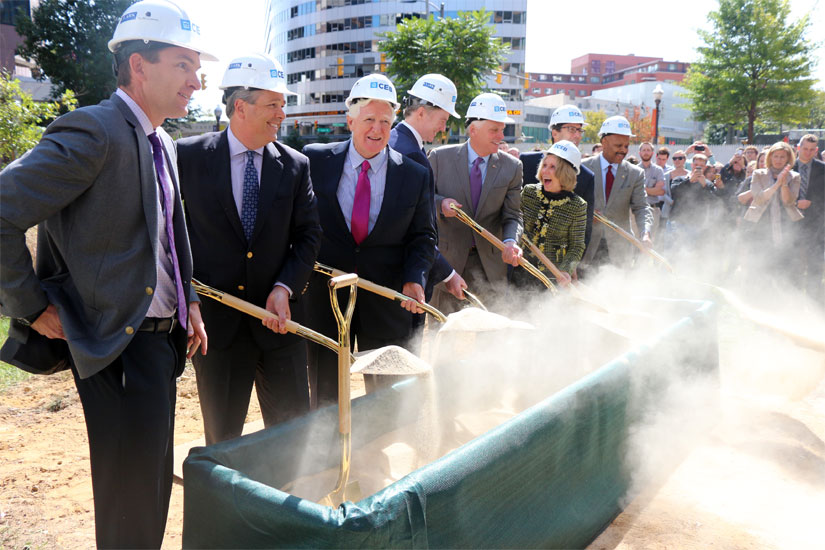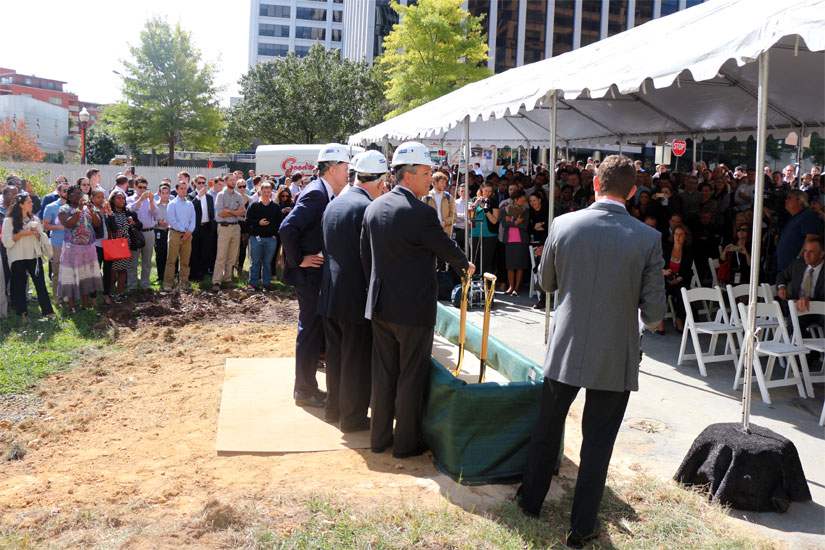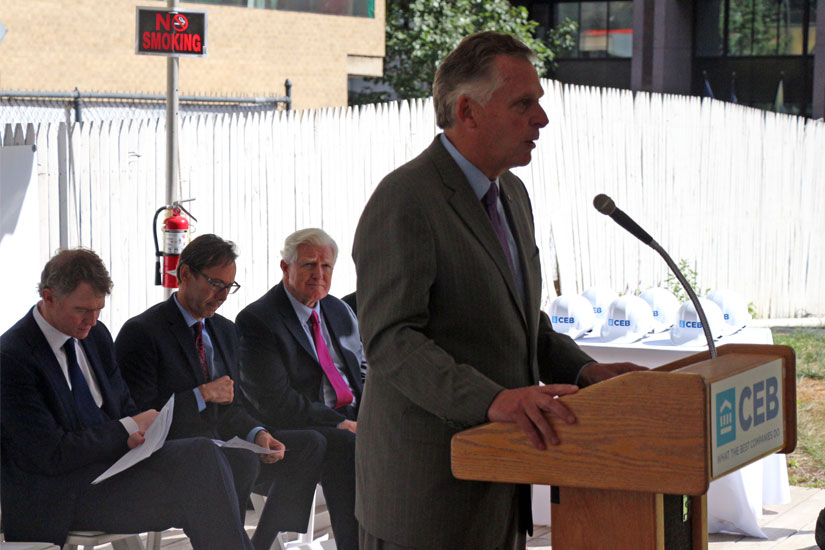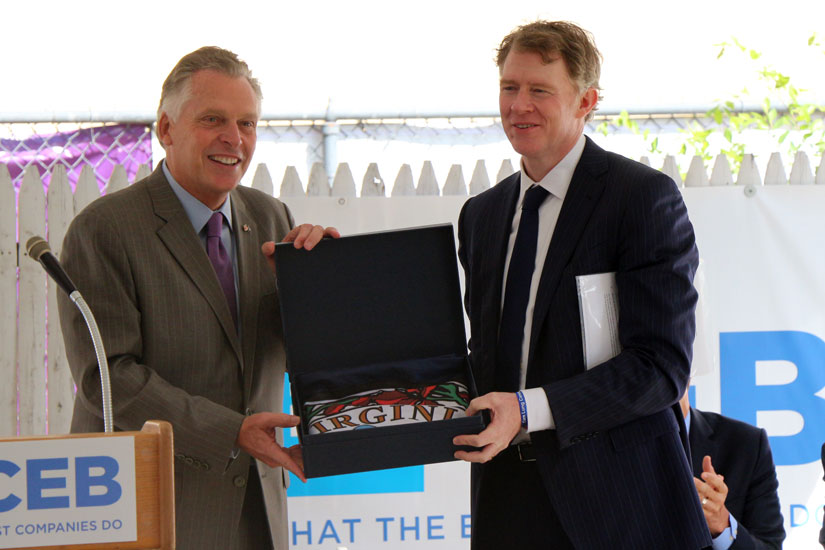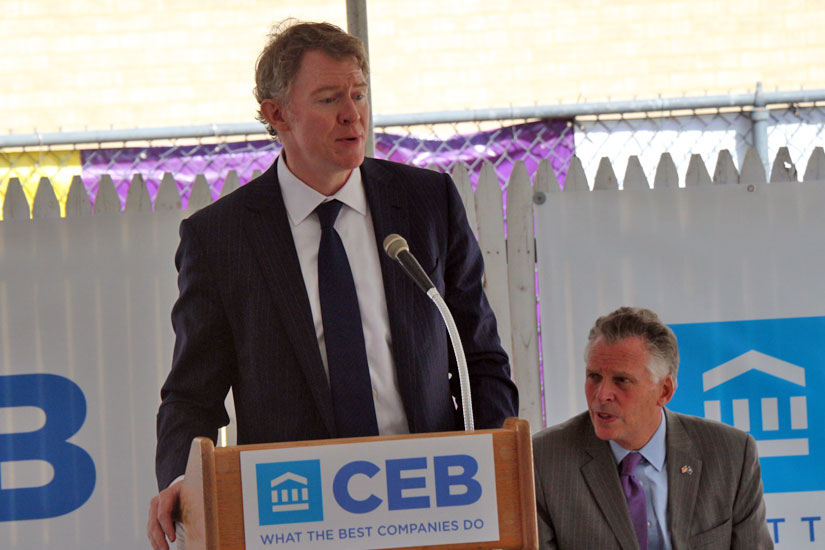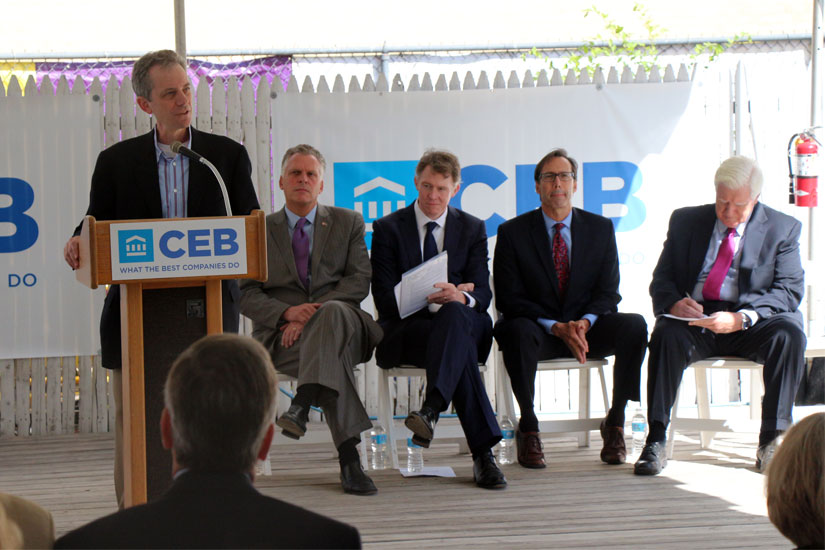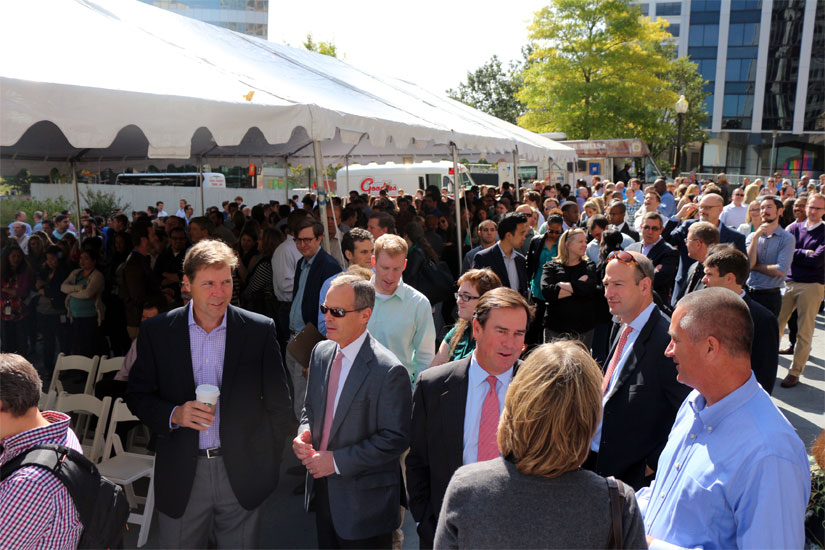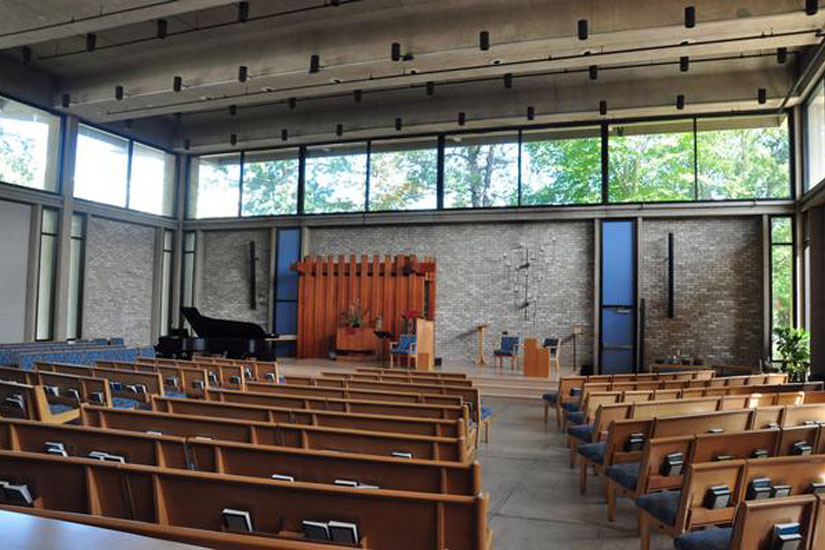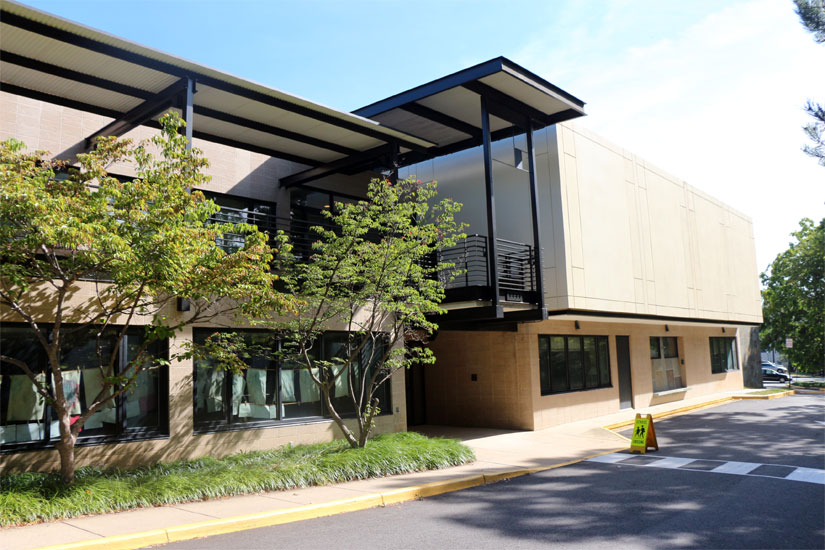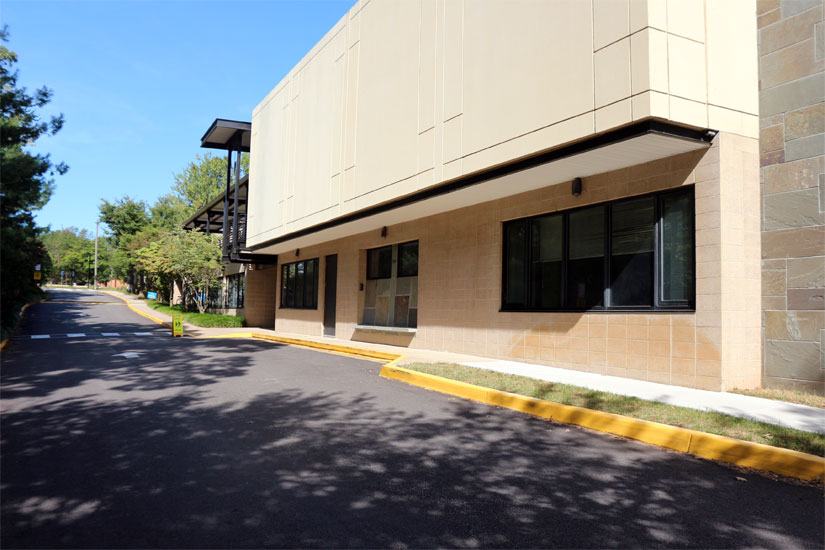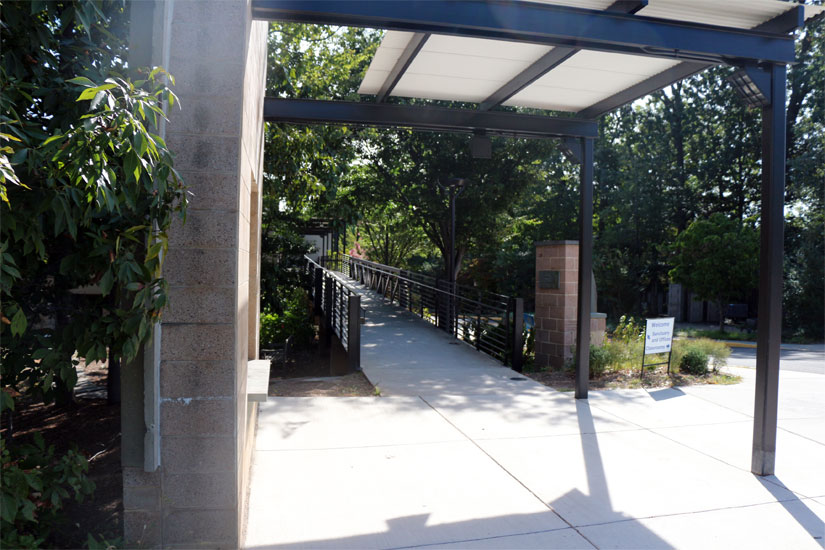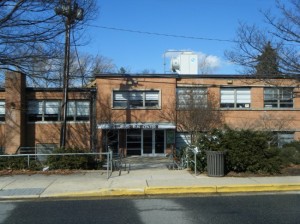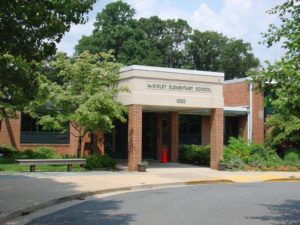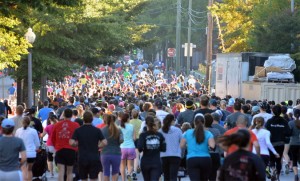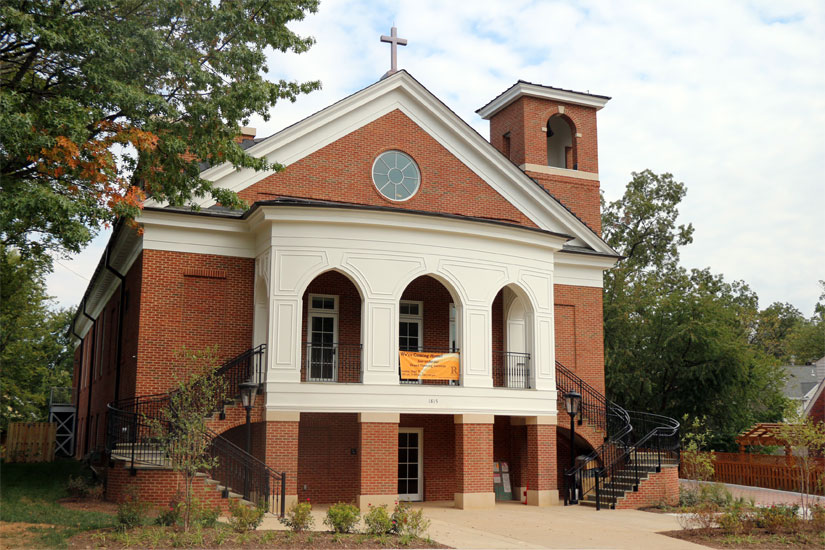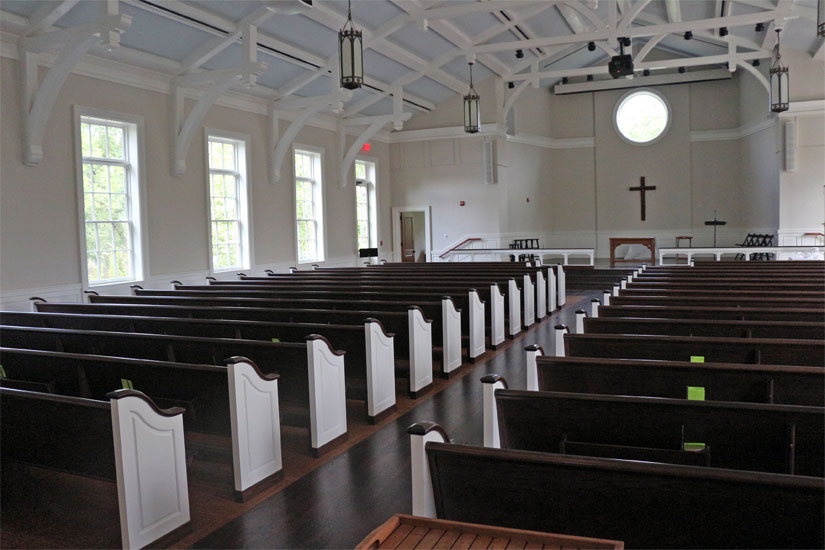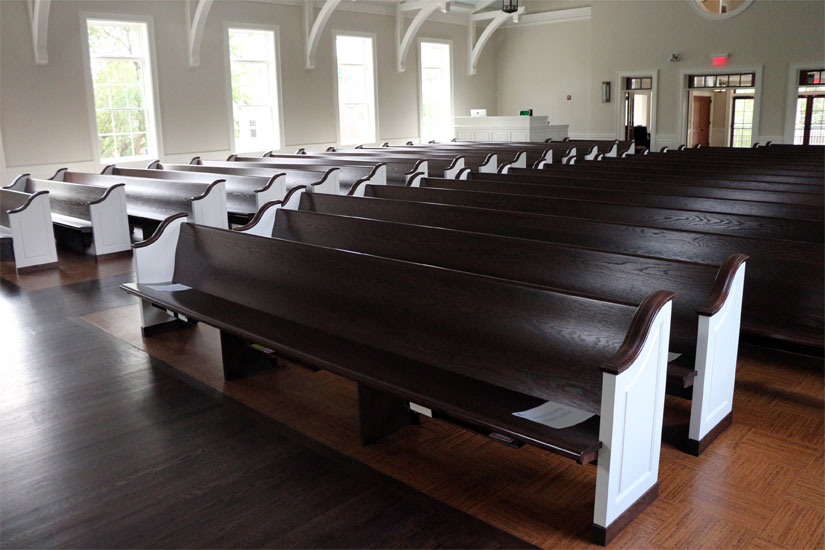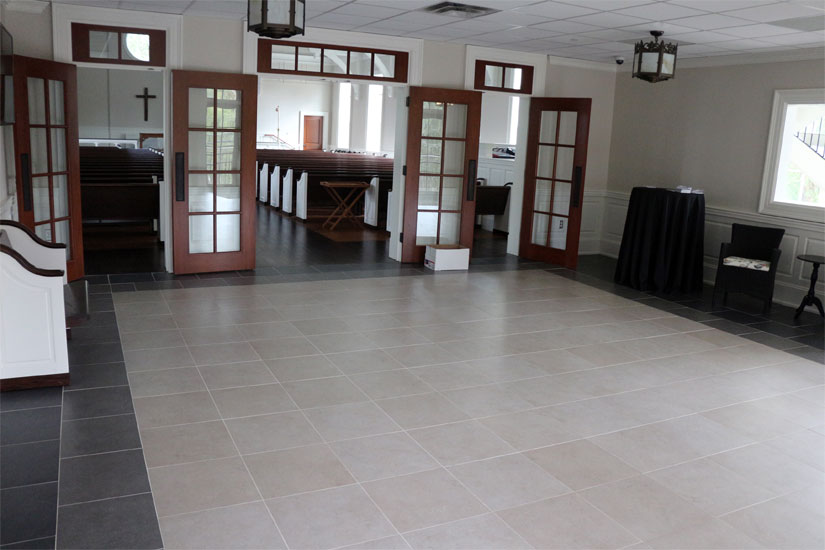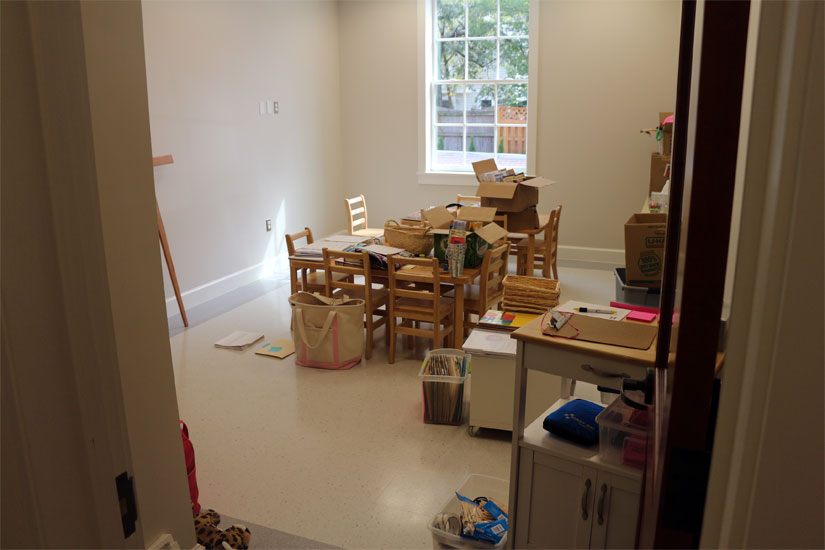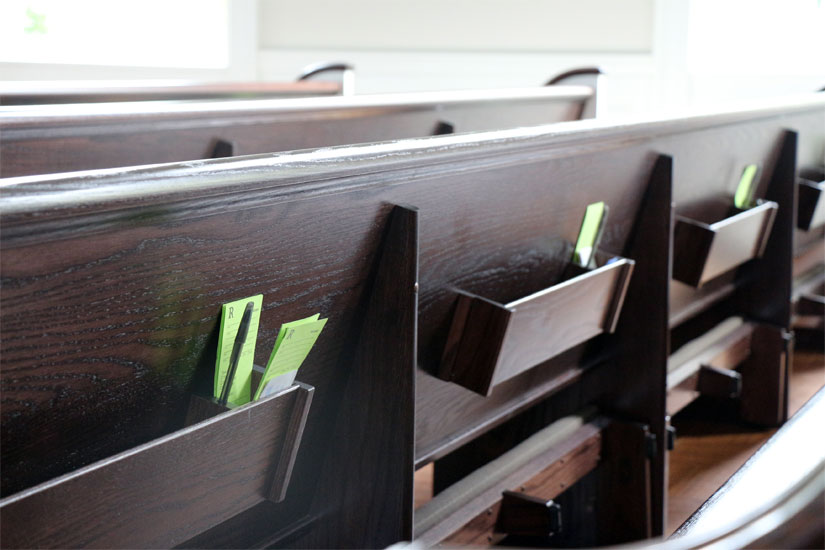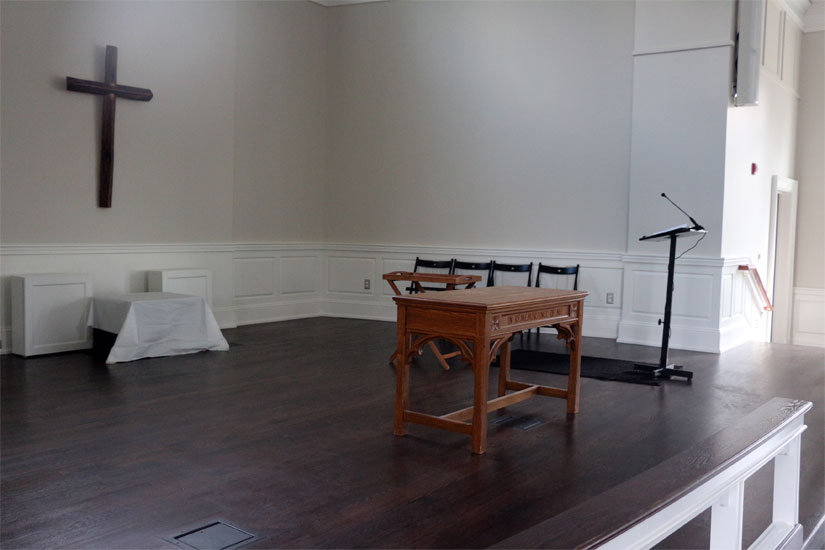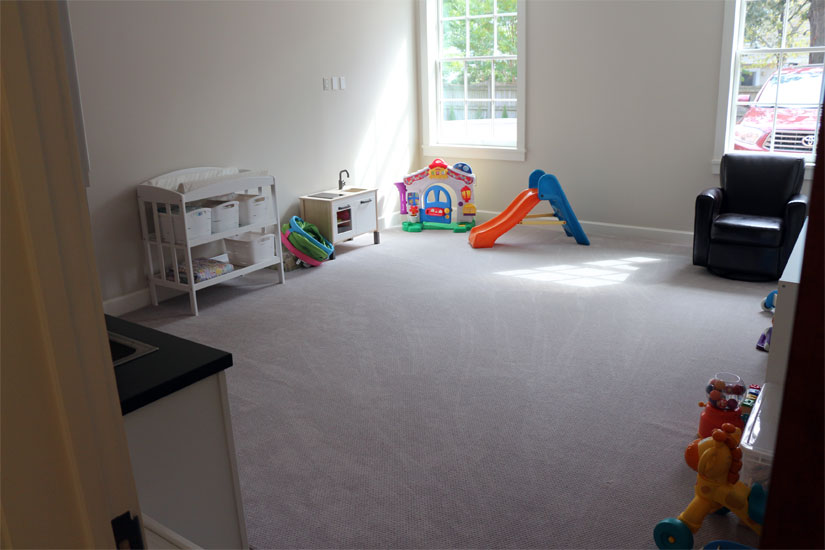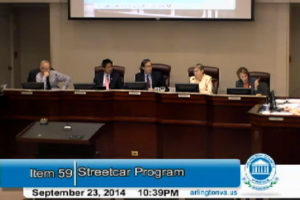 A significant milestone has been reached for the Columbia Pike and Crystal City streetcar — the county has approved an engineering and design contract for the 7.4-mile system.
A significant milestone has been reached for the Columbia Pike and Crystal City streetcar — the county has approved an engineering and design contract for the 7.4-mile system.
Last night, after a two-hour discussion, the Arlington County Board voted 3-2 to approve a contract with HDR Engineering for $26 million for preliminary design and engineering work on the project. Fairfax County has committed to paying $3.2 million of the contract for their segment of the streetcar, from Bailey’s Crossroads to the Skyline neighborhood. The $26 million is 5.4 percent of the projected $481 million streetcar project.
The contract is the first step to Arlington’s goal of the system becoming operational in 2020. While the county has spent millions funding studies and surveys to prove the streetcar is the best transit system for the Pike’s future, this contract is the first going to actually laying the groundwork for the system itself.
“I believe that this decision is a major milestone to keeping us on track to start streetcar service in 2020,” County Board Chair Jay Fisette said at the meeting. “We think long-term. We make long-term decisions, we don’t think just about the next month or next election. We created a Columbia Pike plan over many years. Think about the Clarendon Sector Plan or the Rosslyn Sector Plan. How would you feel if you went through those years and years of meetings and then have someone change that plan? I think we need to have some integrity and recognize the engagement that we’ve had.”
HDR is the firm that designed the streetcar in the District’s H Street NE corridor, but has also designed streetcar or lightrail systems in New Orleans, Phoenix and is designing a 122-mile rail system in Denver, Colo. As part of the contract, there’s a $5 million clause for “optional work,” which includes helping the county with deciding how to actually construct the streetcar. The preliminary engineering and design is expected to take 18 months.
According to the staff presentation, the contract stipulated HDR provide:
- Studies of area surveys, traffic, utilities, soils, structures, environmental conditions and mitigation
- Achieving 30 percent design status for roadway work, track alignment, power, signals, stations and facilities
- Vehicle specifications
- Plans for property acquisition
- Updated construction cost estimates
- Technical support for outreach and coordination
Thirteen speakers addressed the County Board on the issue — 11 in favor, and two opposed — a somewhat muted turnout considering the divide the streetcar has generated in the Arlington community.
“We have waited for a very long time for this project,” said Juliet Hiznay, an Arlington Heights resident. “It occurs to me that sometimes one of the worst things government can do is delay decisions. I think we’ve seen that play out on the school side with the lack of comprehensive planning, and we’re really paying for it now.”
David DeCamp, a real estate developer and former Arlington Chamber of Commerce chairman, spoke in favor of the streetcar, saying it will fund future investments in schools and will be “great for all of Arlington.”
“Frankly,” he said, “it’s something that’s been promised to the developers who have built three or four beautiful properties on the Pike so far.”
Penrose resident Stefanie Pryor opposes the streetcar, but in acknowledging that it was likely to pass, said she hoped for an auditor to be included in the contract and direct stipulations to ensure the materials and cars used for the project are appropriate and functional.
“You get some nasty surprises with commercial off-the-shelf [vehicles] unless you put it explicitly in the contract,” she said.
Board members John Vihstadt and Libby Garvey, elected largely on platforms opposing the streetcar, both railed against the contract and the streetcar in general, with Garvey positing that the streetcar system would move fewer people and deliver a worse return on investment than an enhanced bus system.
“I would maintain that we are plunging ahead on something we are not really ready for that I don’t think is really justified,” she said. “We are spending all this time and effort and money on seven and a half miles of tracks and wires that can take us to where we can go now, but slower.” (more…)
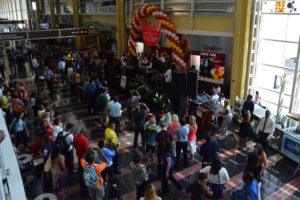 Reagan National Airport is not done adding outposts of popular D.C. restaurants; El Centro, Cava Mezze Grill and Lebanese Taverna are among the eateries expected to open by next summer.
Reagan National Airport is not done adding outposts of popular D.C. restaurants; El Centro, Cava Mezze Grill and Lebanese Taverna are among the eateries expected to open by next summer.

